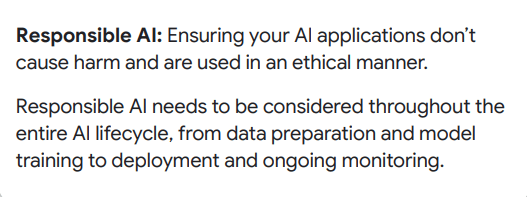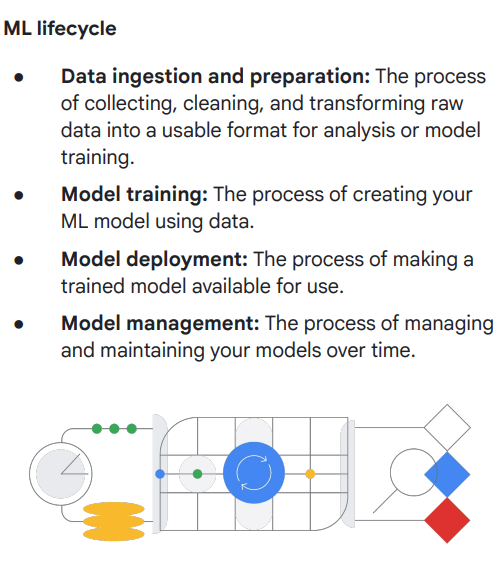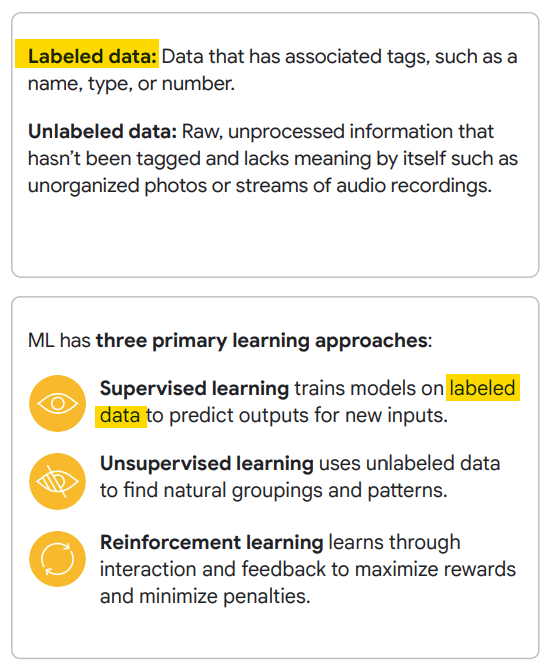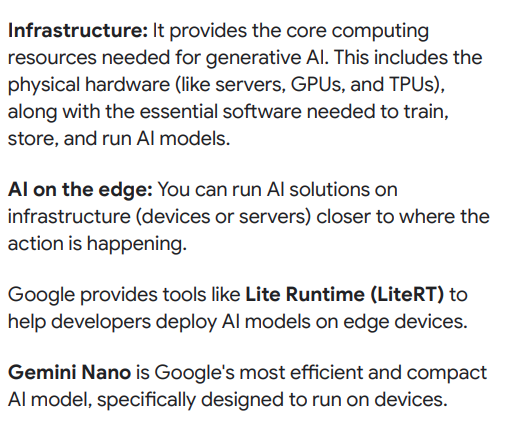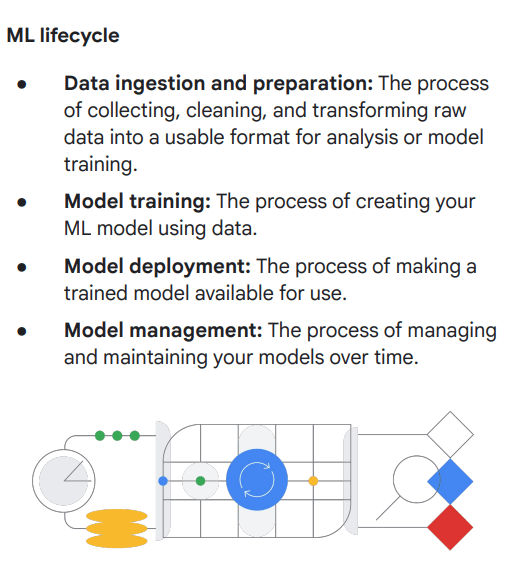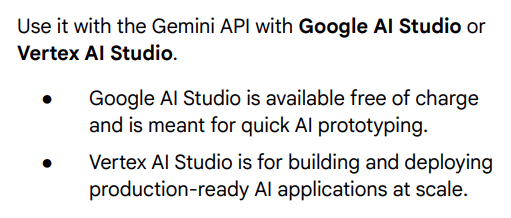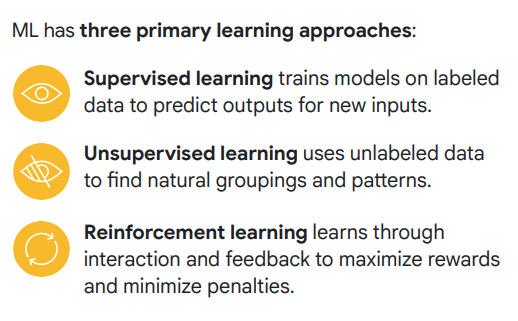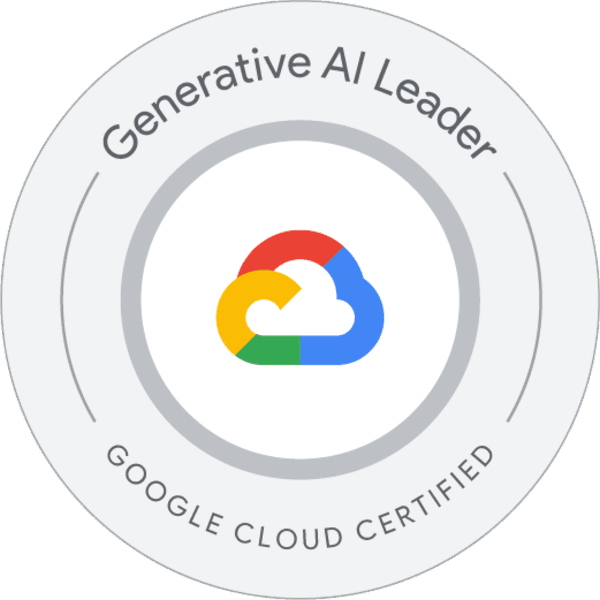

Generative AI Leader - Google Cloud Certified Exam Questions
Question 1 Single Choice
A healthcare provider is implementing a generative AI model to assist doctors with summarizing patient records. Protecting patient data confidentiality is paramount.
At which stage of the ML lifecycle is it most critical to implement robust data de-identification and access control measures to safeguard this sensitive information?
Question 2 Single Choice
A large enterprise is looking to adopt generative AI across multiple departments. They are concerned about establishing a consistent governance model for AI security, managing risks, and ensuring their AI deployments align with industry best practices and regulatory requirements.
Which Google Cloud offering or framework is specifically designed to help organizations address these AI security governance and risk management challenges?
Question 3 Single Choice
A large financial institution is planning to adopt generative AI for various internal processes, including sensitive data analysis and customer interaction. Their primary concern is ensuring that the AI platform they choose adheres to strict security protocols, offers robust data privacy controls, and can reliably handle fluctuating workloads.
Which aspect of Google Cloud's AI platform directly addresses these enterprise needs?
Question 4 Single Choice
A machine learning engineer is training a model to automatically categorize news articles into predefined topics like "Sports," "Politics," and "Technology." To do this, they have a dataset where each article has already been manually assigned one of these topic categories by a human annotator.
What type of data is the engineer primarily using for this training process?
Question 5 Single Choice
A user interacts with a mobile app that allows them to upload a photo of their living room and, using generative AI, see different interior design styles applied to their space in real-time. In the context of the generative AI landscape, what does this mobile app primarily represent?
Question 6 Single Choice
A research institution is embarking on a project that requires training extremely large and complex generative AI models. They anticipate needing massive computational power specifically optimized for machine learning workloads to accelerate the training process and reduce costs.
Which component of Google Cloud's AI-optimized infrastructure is custom-designed by Google to provide this type of specialized acceleration for ML tasks?
Question 7 Single Choice
A technology company prides itself on being at the forefront of innovation. When choosing a cloud provider for their generative AI initiatives, they prioritize a partner that not only offers robust current solutions but also demonstrates a deep commitment to ongoing research and development, ensuring access to the latest advancements in AI.
Which characteristic of Google Cloud best aligns with this priority?
Question 8 Single Choice
A financial services company has gathered extensive raw transactional data. The team needs to clean this data, handle missing values, and transform it into a suitable format before training a fraud detection model.
Which stage of the machine learning lifecycle does this activity primarily belong to?
Question 9 Single Choice
A developer is beginning to explore generative AI capabilities for a new project. They want to quickly experiment with prompting Google's latest foundation models, like Gemini, without needing to set up a full cloud environment or incur significant costs initially. Their primary goal is rapid prototyping and understanding the model's behavior with different inputs.
Which Google Cloud tool would be most appropriate for this initial, cost-effective experimentation and prototyping phase?
Question 10 Single Choice
A retail company is exploring AI solutions to improve customer engagement. They are particularly interested in a technology that can learn from vast amounts of unlabeled customer interaction data (like chat logs and product reviews) to identify underlying patterns and themes without explicit instructions on what to look for.
Which machine learning approach best fits this requirement?



